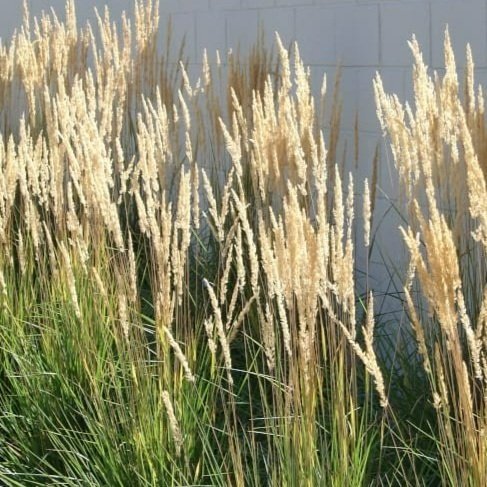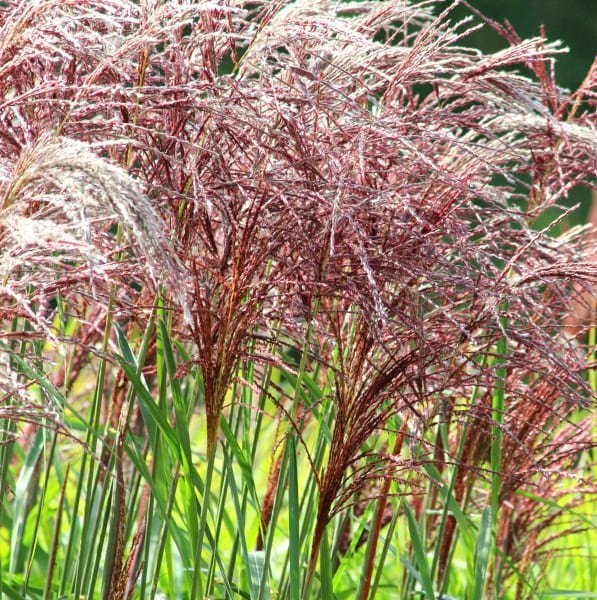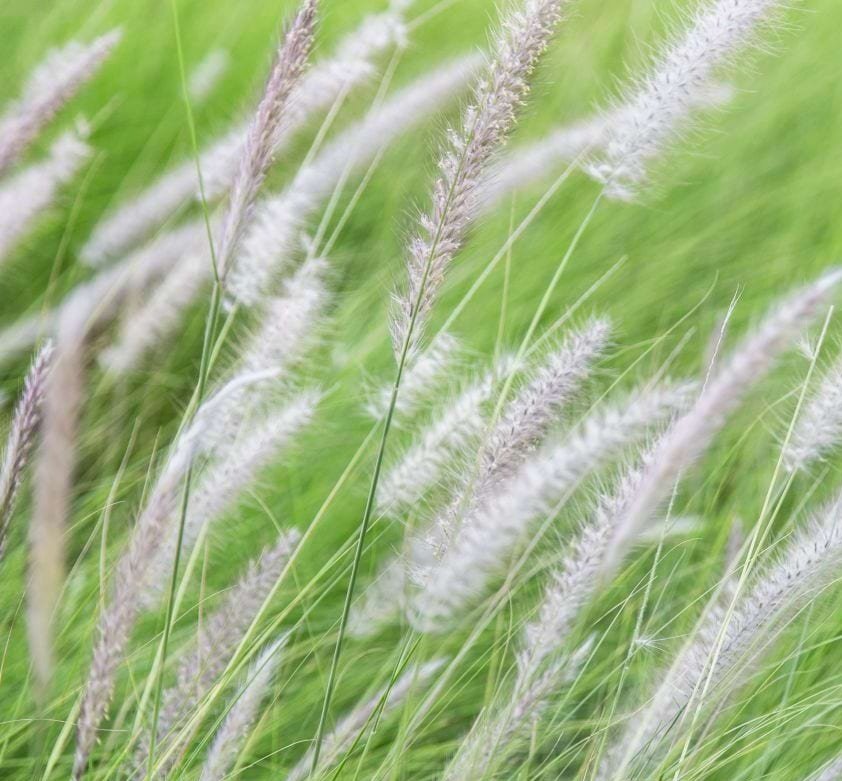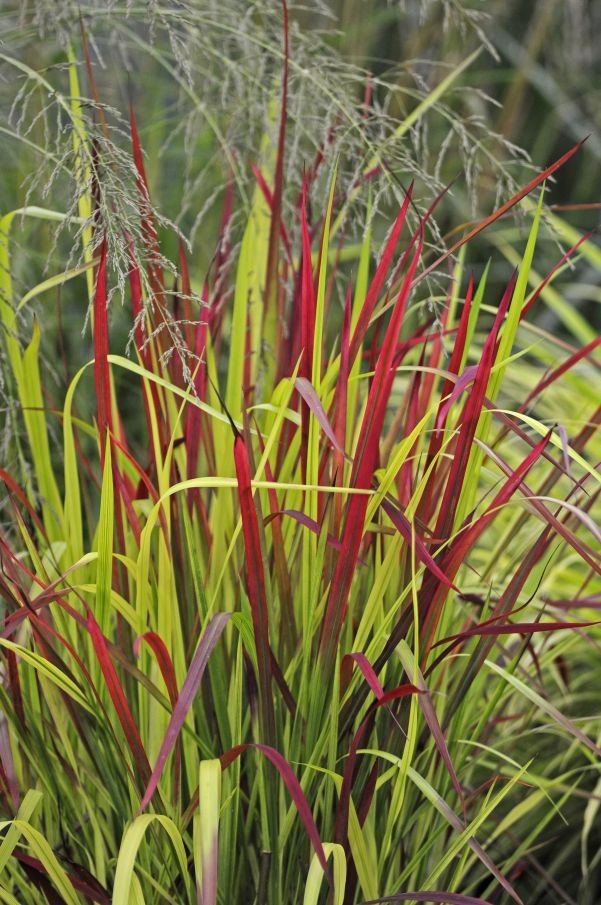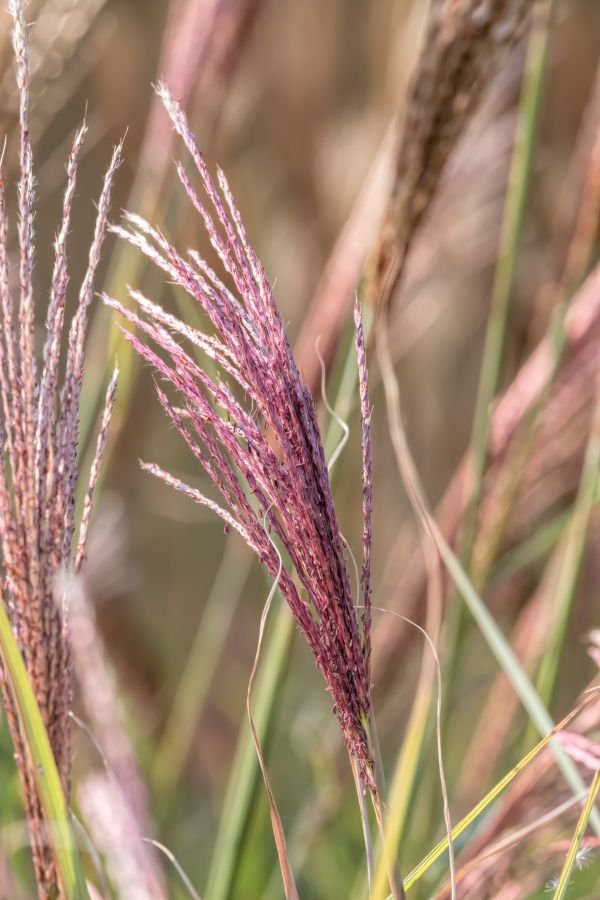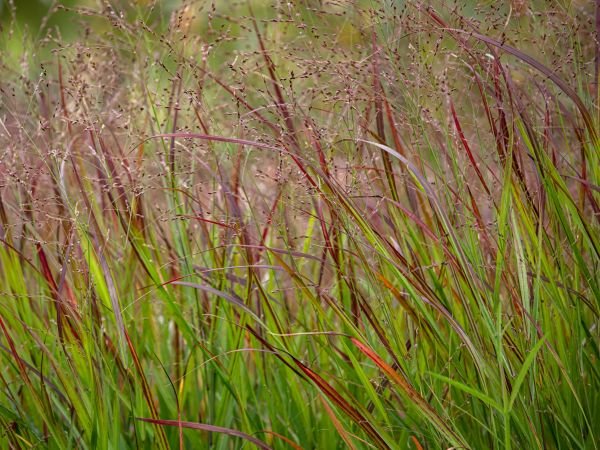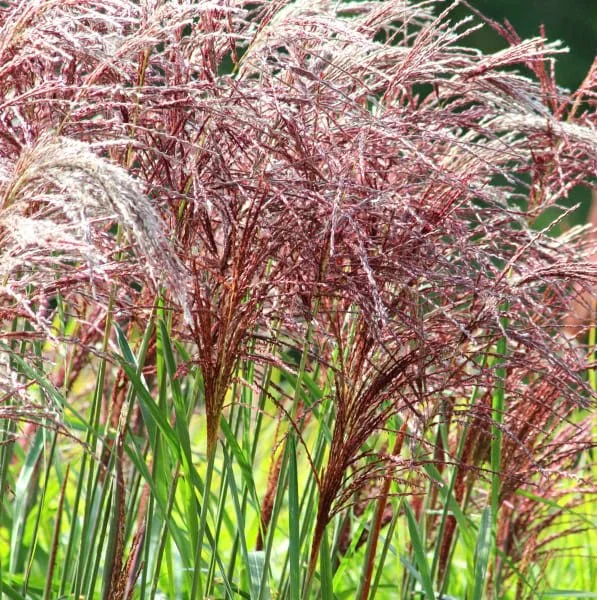Grasses for all seasons
We are long standing fans of ornamental grasses and use them in many of our designs. As architectural plants they are wonderful at creating a visual statement with many ornamental grasses bearing flowers for months. They also have their practical advantages too as they are fantastically low-maintenance and can be left alone for much of the year. In addition they are brilliant for attracting wildlife such as birds and butterflies and when they catch a breeze and blow in the wind, they can bring a wonderful calming sound to your outside space. All in all grasses are a brilliant addition to most gardens.
The Autumn Chelsea Flower show in 2021 showcased a sole display of ornamental grasses in the Grand Pavilion created by Ashcroft’s Perennials. Normally, the spring show is too early in the season to show them at their best so the Autumn show in 2021 provided an ideal opportunity to turn the spotlight on some wonderful specimens and give them the focus they deserve.
Oudolf Field at Hauser & Wirth Somerset
As well as using them in our clients’ gardens, there are many gardens to visit that showcase some wonderful specimens. One of our favourites are the gardens at Hauser and Wirth art gallery and garden in Somerset, designed by Piet Oudolf. There are many specimens to see including Molinia caerulea subsp. caerulea ‘Moorhexe’ (purple moor-grass); Molinia caerulea subsp. arundinacea ‘Transparent’; Sporobolus heterolepis (prairie dropseed); Stipa tenuissima (Mexican feather grass); Sesleria ‘Greenlee’; and Imperata cylindrica ‘Rubra’ (blood grass).
“I try to find beauty in things that on first sight are not beautiful.”
The Newt, Somerset
If in the area, The Newt also has large groups of grasses including Miscanthus sinesis ‘Malepartus’ (eulalia), the dark-stemmed Molinia caerulea ‘Edith Dudszus’ (purple moor-grass) and Panicum virgatum ‘Shenandoah’ (switch grass). If you want to see these varieties planted in a creative way then head down to Somerset for some inspiration.
The versatility of ornamental grasses makes them brilliant for both large and small spaces. They come in many colours, heights and are suited to varied conditions. As a result, they are a designer’s friend as they can contribute brilliantly to many a garden scheme to:
1. Provide Contrast
Mixing up textures provides interest and depth to a garden and grasses in particular can add real softness and contrast to hard landscaping features such as walls and pathways.
2. Create zones
We love using both hedges and grasses to divide a garden up into different areas, this can be either functionality driven or purely for aesthetic purposes.
3. Add height
Plants can range in height from 30cm to 4m, so are an ideal way to introduced mixed heights into a concept. The taller species can provide subtle screening for roof-terraces and gardens. The varied heights available also make them an ideal choice for borders and edging pathways.
4. Introduce movement
When grasses catch the wind their swaying creates a dynamic visual this has the added advantage of creating soft sounds often reminiscent of being by the sea which can be effective at masking road noise.
5. Provide interest
With a varied colour palette including golds, reds, pinks, silvers and luminescent yellows through to straw tones in Autumn, grasses are perfect to add colour and backdrops for other plants. In addition, attractive flower heads provide interest through the Winter months as many grasses retain their structure during this period.
6. Ease garden management
Along with all the other benefits mentioned, the other joy is that they are typically low maintenance often only need cutting back once a year!
Totteridge
There are many grasses to choose from beyond arguably the most famous Cortaderia selloana (pampas grass).
Some of our favourite grasses include:
Calamagrostis x acutiflora ‘Karl Foerster’ (feather reed) – a striking deciduous grass with a wonderful architectural habit. Plentiful flower stems stand up well without support. We used this grass in a client’s garden in Totteridge planting in large blocks 3m square as well as in a length 180 metres long x 60cm wide to create a boundary between the two parts of the garden. The Calamagrostis was the first grass to flower and look good in the garden from June. It is incredibly weather resistant, even after heavy rain and snow, and continues to look amazing until it is cut back in March.
Miscanthus –are reliable grasses that provide interest over a long period. Fountains of foliage grow up in early summer and bear plumes of white or pink flowers in late summer. As winter approaches these bleach into shades of biscuity brown. We used Miscanthus sinensis ‘Kleine Fontane’ (silver grass) in the Totteridge garden in a densely planted border which looked particularly good in autumn and winter when seed heads of Miscanthus created a rhythm repeated throughout the garden.
Panicum virgatum (switchgrass) a perennial deciduous grass that grows to about 90cm. It is particularly favoured for its upright foliage, masses of hazy flowers in early autumn followed by gorgeous autumn colour. Panicum virgatum ‘Shenandoah’ as grown at The Newt is a lovely variety with green blades, the tips of which turn deep-red in early summer. Pink-red flowers then appear in early autumn. It looks fabulous planted in bold clumps that can sway in the breeze. Later in autumn the foliage turns a dramatic shade of yellow.
Hakonechloa macra (Hakone grass) is a firm favourite of our Operations Director Florent Durieux , he loves it because it looks good all year round. In summer it is very green and lush and moves in the wind in a beautiful way, then it shifts to absolutely wonderful autumn colours. Unlike many grasses it performs best in full sun and partial shade.
If inspired enough to introduce them to your garden look at Knoll Gardens and Meadow Gate Nursery as reliable specialist suppliers.
If you want to find out more about how ornamental grasses could work in your garden design then get in touch with the team here at Alaster Anderson. As plant experts we know which species will bring the design elements you are after and which choices will thrive in your garden’s conditions.
If we can help you with your garden then please get in touch. You can reach us on 0207 305 7183 or email at enquire@alasteranderson.com





